Christmas Island Red Crab Lifespan: An In-Depth Exploration (2024)
Related Articles: Christmas Island Red Crab Lifespan: An In-Depth Exploration (2024)
- Christmas Images Gold 2024: A Festive Guide To Captivating Holiday Decor
- Christmas Images By Thomas Kinkade 2024: A Festive Journey Into The Heart Of The Holidays
- Christmas In New York City 2024: A Festive Guide
- Christmas Images Small 2024: Capture The Joy And Spirit Of The Season
- Christmas Images Emoji 2024: The Ultimate Guide To Festive Expressions
Introduction
With enthusiasm, let’s navigate through the intriguing topic related to Christmas Island Red Crab Lifespan: An In-Depth Exploration (2024). Let’s weave interesting information and offer fresh perspectives to the readers.
Table of Content
Video about Christmas Island Red Crab Lifespan: An In-Depth Exploration (2024)
Christmas Island Red Crab Lifespan: An In-Depth Exploration (2024)

Introduction
The Christmas Island red crab (Gecarcoidea natalis) is an iconic species endemic to Christmas Island, an Australian territory located in the Indian Ocean. These vibrant red crabs are renowned for their remarkable annual migration, in which millions of individuals embark on a perilous journey to the ocean to spawn. Their unique life history and captivating behavior have garnered widespread scientific and public interest, making them a subject of extensive research. This article delves into the intricate details of the Christmas Island red crab lifespan, providing a comprehensive overview of their life stages, longevity, and the factors that influence their survival.
Life Stages
The Christmas Island red crab’s life cycle consists of four distinct stages:
-
Larval Stage: After mating, female crabs release their eggs into the ocean, where they hatch into planktonic larvae. These tiny larvae drift with the currents for several months, feeding on microscopic organisms.
-
Juvenile Stage: Once the larvae have developed sufficiently, they metamorphose into juvenile crabs and settle on land. The juveniles are initially black in color and gradually turn red as they mature. They spend several years on land, feeding on decaying plant matter and other organic material.
-
Adult Stage: After reaching maturity, the crabs transition into the adult stage. Adult crabs are typically 10-12 cm in size and are characterized by their distinctive bright red coloration. They continue to feed on plant matter and play an important role in the island’s ecosystem.
-
Spawning Stage: The annual spawning migration is the most remarkable event in the Christmas Island red crab’s life cycle. During the wet season, typically in October or November, millions of adult crabs emerge from the forest and embark on a perilous journey to the ocean. They travel long distances, often crossing roads and encountering obstacles, to reach their spawning grounds. After spawning, the crabs return to the forest, where they continue their life cycle.
Longevity
The Christmas Island red crab has a relatively long lifespan compared to other crab species. On average, they can live for 10-12 years, with some individuals reaching up to 15 years of age. However, their survival is influenced by various factors, including environmental conditions, predation, and human activities.
Factors Influencing Lifespan
Several factors can impact the lifespan of Christmas Island red crabs:
-
Environmental Conditions: The crabs’ habitat and access to food and water resources play a crucial role in their survival. Changes in rainfall patterns, temperature fluctuations, and the availability of vegetation can affect their health and longevity.
-
Predation: The crabs are preyed upon by a range of predators, including birds, reptiles, and feral cats. Predation can significantly reduce their numbers and impact their lifespan.
-
Human Activities: Human activities, such as habitat destruction, pollution, and road traffic, can pose threats to the crabs’ survival. Habitat loss, in particular, can disrupt their migration routes and reduce their access to food and water.
Conservation and Management
Due to their ecological significance and unique behavior, the Christmas Island red crab is a protected species. Conservation efforts aim to safeguard their habitat, minimize human disturbances, and mitigate threats to their survival. These efforts include:
-
Habitat Protection: Establishing and managing protected areas to preserve the crabs’ forest habitat and migration routes.
-
Predation Control: Implementing measures to reduce predation by feral cats and other invasive species.
-
Road Safety: Constructing crab crossings and implementing road closures during the migration period to minimize roadkill.
-
Monitoring and Research: Conducting regular monitoring programs to assess the crabs’ population size, health, and distribution.
Conclusion
The Christmas Island red crab is an extraordinary species with a captivating life history and a lifespan that can extend to over a decade. Their annual spawning migration is a mesmerizing spectacle that attracts worldwide attention. Understanding their life stages, longevity, and the factors influencing their survival is crucial for their conservation and the preservation of this unique ecosystem. By implementing effective conservation measures and promoting public awareness, we can ensure the continued existence of this iconic species for generations to come.
:max_bytes(150000):strip_icc()/GettyImages-144804688-9f690c3f0e0e4590b2d3a9212b08cdc5.jpg)
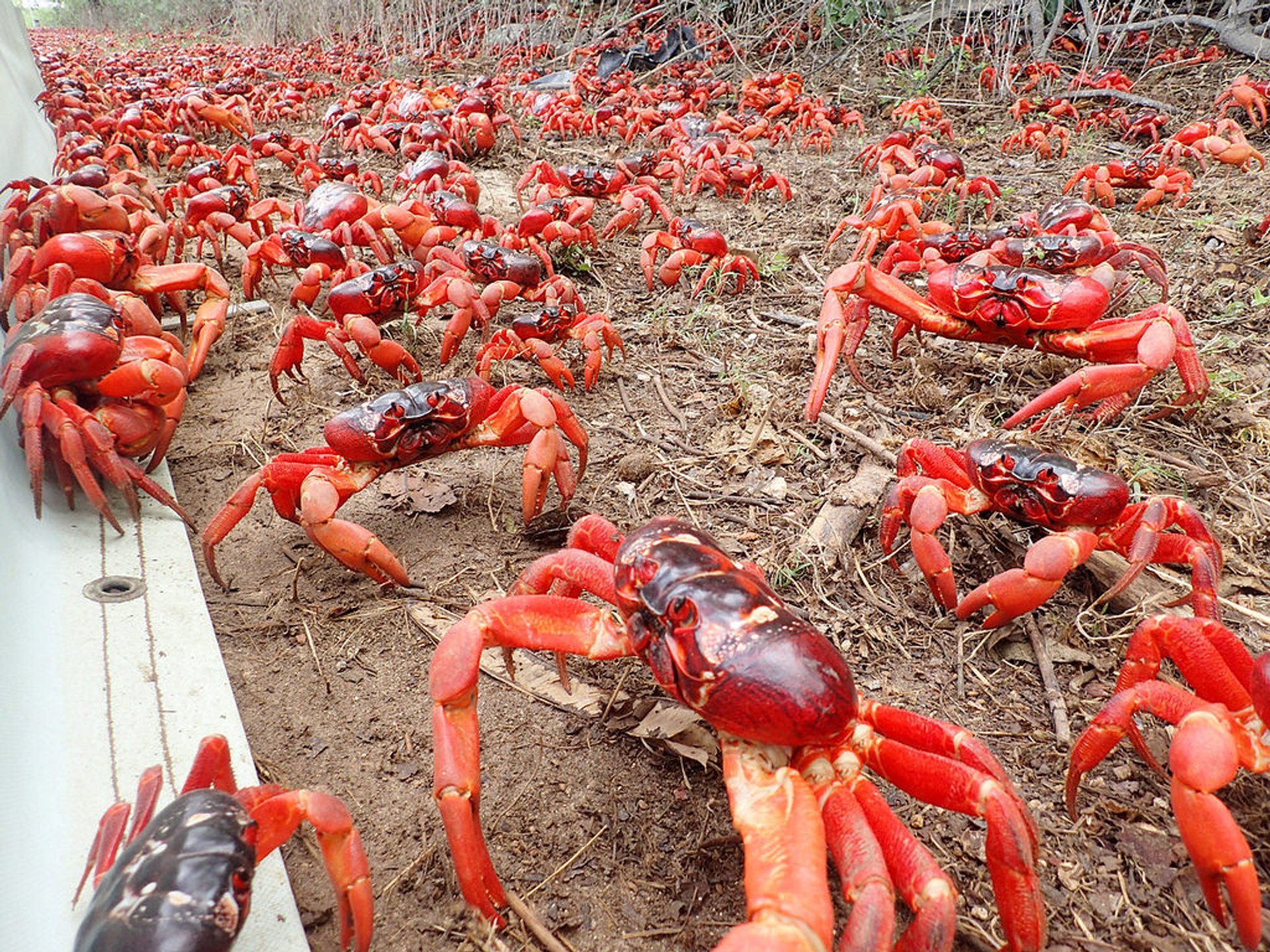
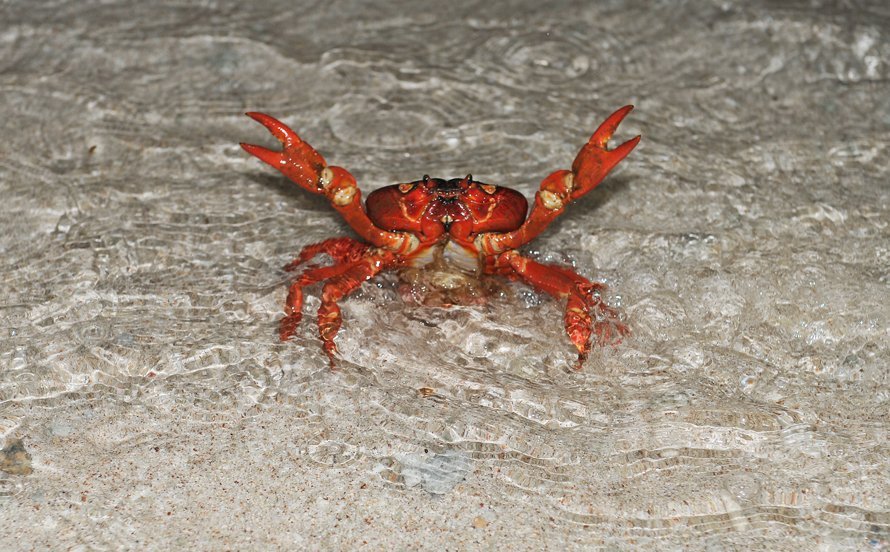


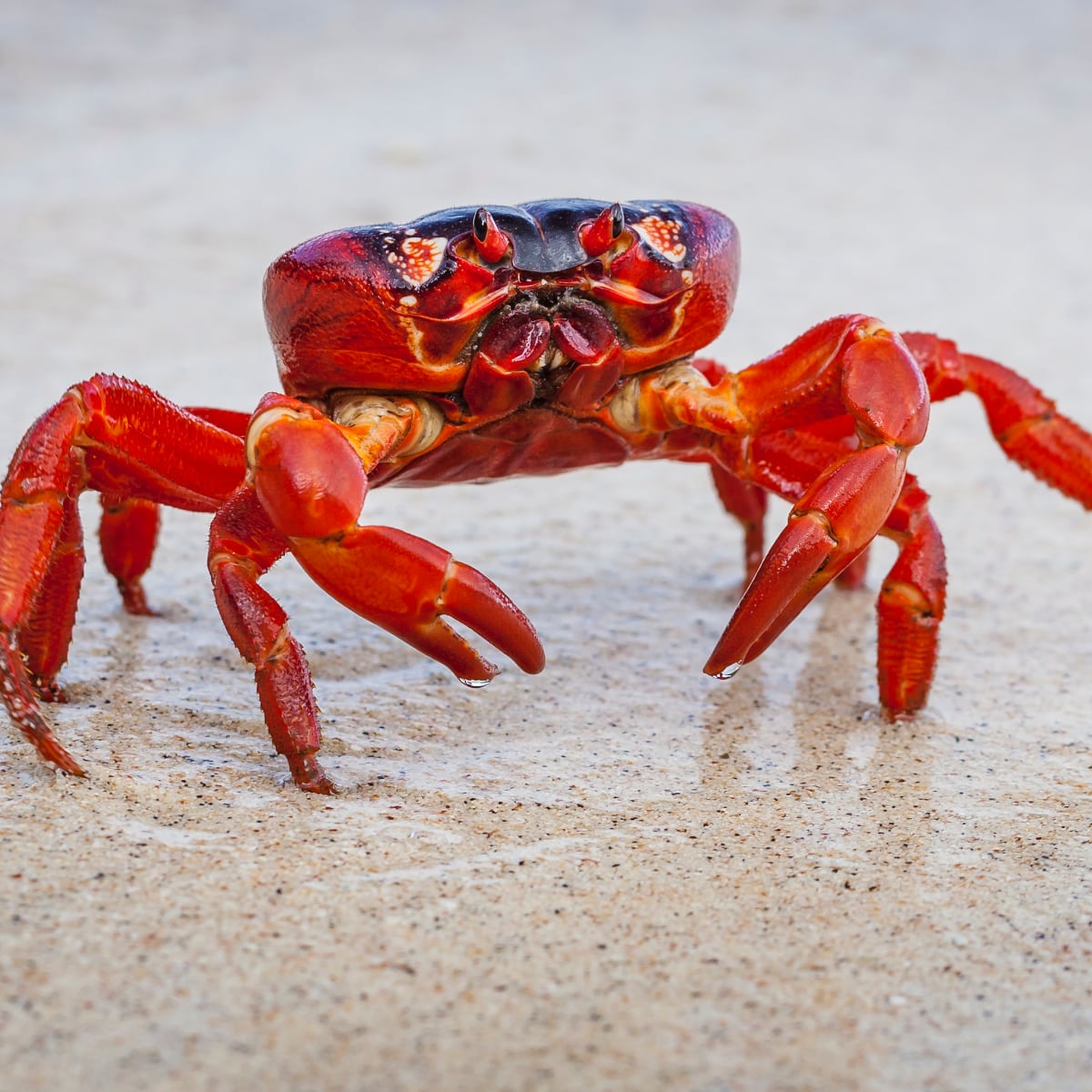
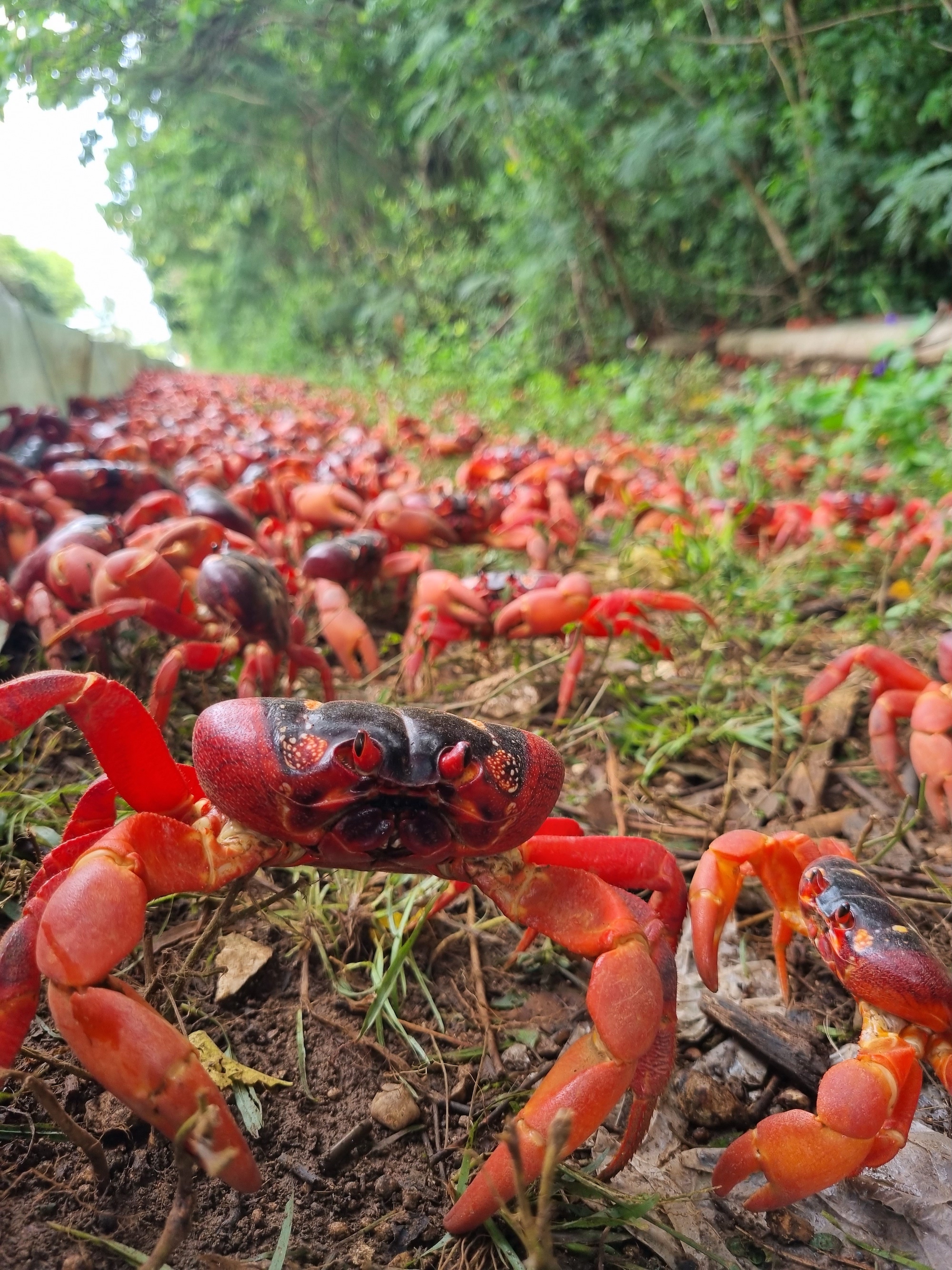
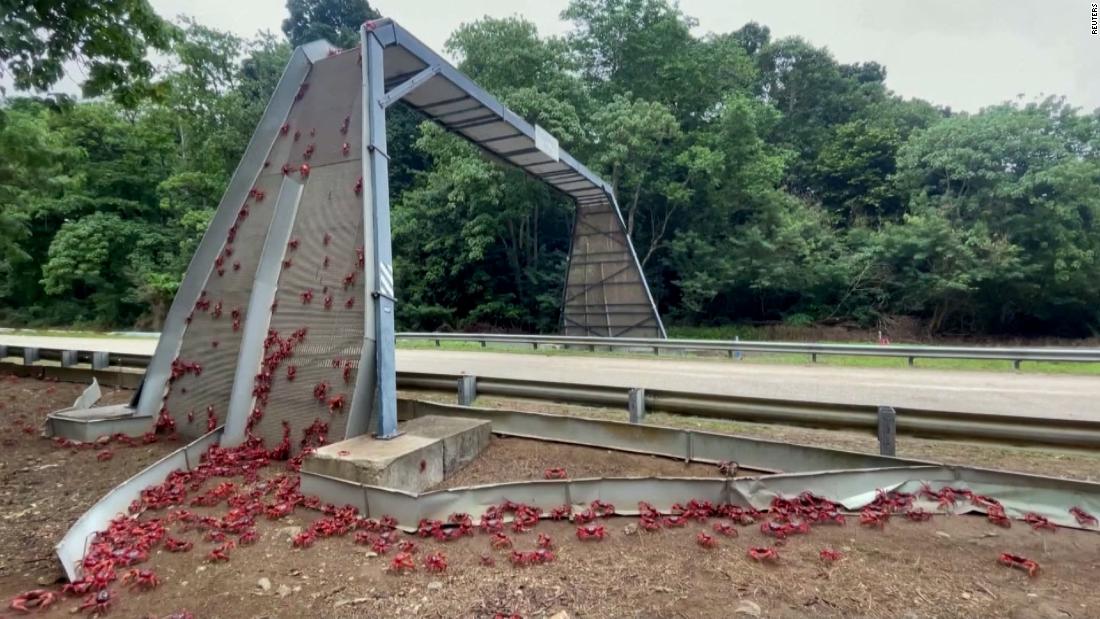
Closure
Thus, we hope this article has provided valuable insights into Christmas Island Red Crab Lifespan: An In-Depth Exploration (2024). We thank you for taking the time to read this article. See you in our next article!
